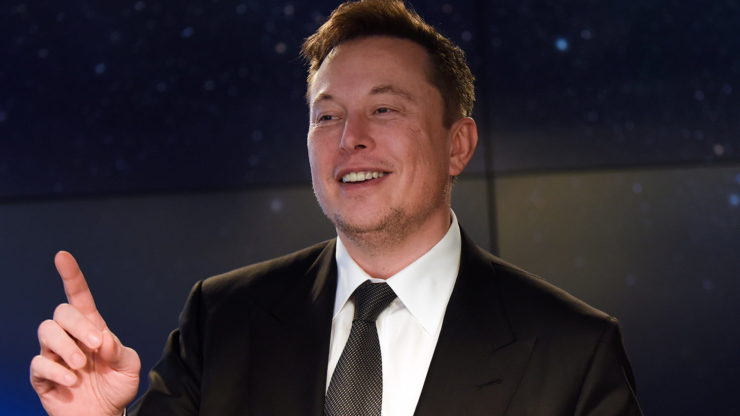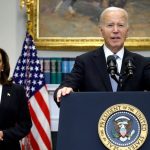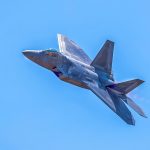Elon Musk has announced that Tesla’s highly anticipated humanoid robots will now be launched in 2025, a delay from the previously promised 2024.
This postponement follows a similar delay for Tesla’s Robotaxi, which was pushed back by two months from its original August launch date.
Both delays have sparked concerns among investors about the company’s ability to deliver on its ambitious promises.
Extended timelines and investor uncertainty
Musk’s recent update on X (formerly Twitter) revealed that the humanoid robots, initially slated for internal use this year, will now be rolled out in 2025.
The announcement included phrases like “low production” and “internal use,” which have been less reassuring for investors.
These terms, coupled with the shift in timelines, have led to questions about whether there are deeper issues within Tesla or if Musk’s track record of over-promising and under-delivering is at play.
Just three months ago, Musk had projected a 2025 release for the humanoid robots and stated they would be used internally by Tesla this year.
The extended timeline has raised doubts about Tesla’s operational efficiency and its ability to meet deadlines. Investors are now left wondering if these delays are indicative of broader challenges at Tesla or merely the result of overly ambitious projections.
Rising competition in robotics
While Tesla remains a leader in electric vehicles, its humanoid robot project faces growing competition. Companies like Walmart and BMW are already implementing advanced robotic systems.
Walmart is deploying autonomous electric forklifts in its distribution centers, while BMW uses general-purpose robots in its manufacturing processes. These competitors are achieving similar operational efficiencies without the human-like design of Tesla’s robots, raising questions about whether Tesla’s focus on a humanoid form is strategically advantageous or a potential misstep.
Internal and regulatory challenges
The delays in Tesla’s projects could signal underlying issues within the company. The repeated postponements of major innovations, including the Robotaxi—a concept first promised in 2019—suggest that Tesla faces challenges in meeting its ambitious goals.
Additionally, Tesla is grappling with regulatory scrutiny related to its autonomous driving technology. The National Highway Traffic Safety Administration (NHTSA) has requested more information about Tesla’s autopilot system amid concerns about road safety.
Despite recalling over 2 million vehicles in December, Tesla’s vehicles continue to be involved in accidents.
Investor implications
For investors, the decision now is whether to continue supporting Musk and Tesla despite these delays or to reconsider their position. The current economic climate and Tesla’s regulatory and operational challenges might make a more cautious approach advisable. With uncertainties surrounding the timing of Tesla’s upcoming projects and regulatory hurdles, investors might find it prudent to adopt a wait-and-see stance before committing further.
The evolving situation at Tesla underscores the need for investors to weigh the company’s long-term vision against its current operational realities and market performance.
The post Elon Musk delays Tesla humanoid robots to 2025: Should investors be concerned? appeared first on Invezz



